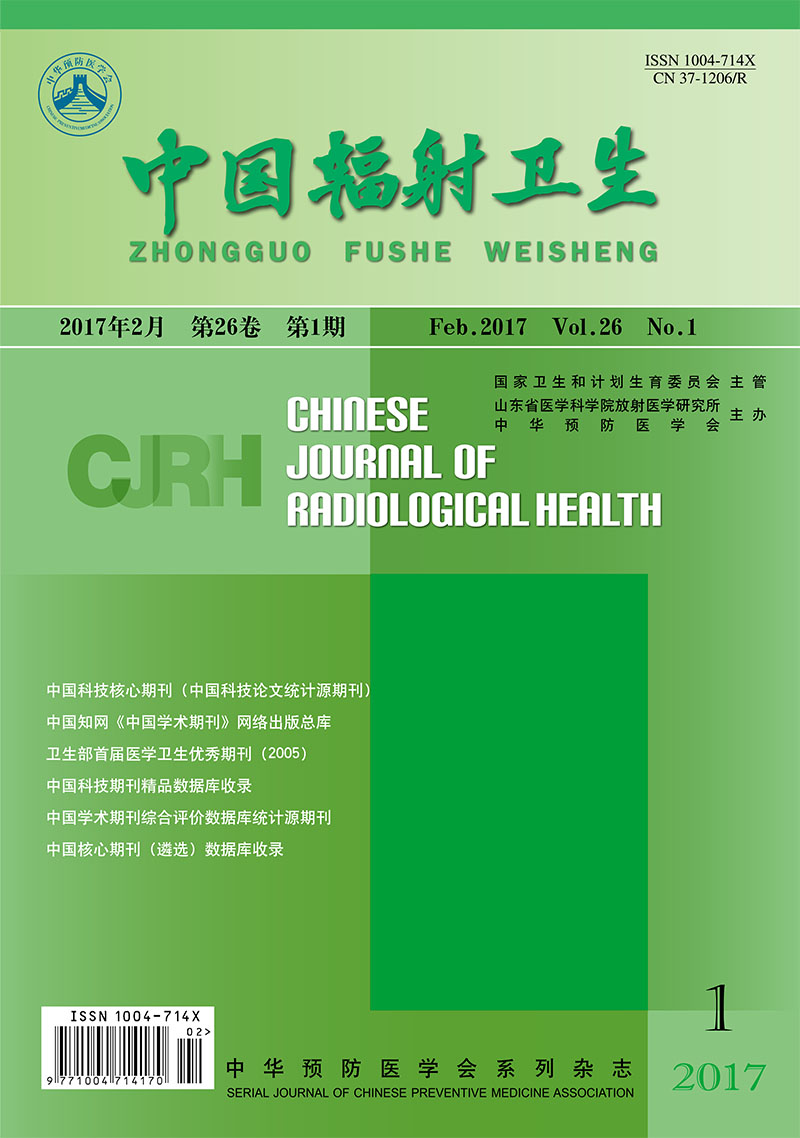CHEN Chong, XIN Rui, YANG Xiang-shan, HE Qiang, FENG Wei, CHEN Da-wei
2017, 26(1): 59-62.
Objective To explore and analyze the limitations of the dose conversion coefficients of the current national standard GBZ/T144-2002 external photon irradiation, in order to provide some reference for its update.Methods Compare the dose conversion coefficients of the national standard GBZ/T144-2002 with the International Commission on Radiological Protection (ICRP) 116 and analyze the differences.Results The overall change trends of the two dose conversion coefficients are consistent, however, the left lateral geometry of the liver radiation, dose conversion coefficients of the ICRP 116 for females and males are higher than GBZ/T144, when the energy is less than 150 keV, the relative changes can be more than 30%; in addition to the right lateral geometry, dose conversion coefficients of the ICRP 116 for females are higher than males; the energy from 30 keV to 200 keV, the relative changes of the left lateral geometry in radiation are more than 30%, the lower the energy, the greater the difference, the largest is more than 100%. The antero-posterior geometry radiation of the female breasts, the energy higher than 4 MeV, the relative changes are more than 50%.Conclusion Under different radiation conditions, the national standard is consistent with the results of ICRP 116, but when considering the type of reference phantom and reference persons' parameters, gender, secondary electron, incident photon energy and so on, the difference is obvious and the dose conversion coefficients of the GBZ/T144 need to make some adjustments.

